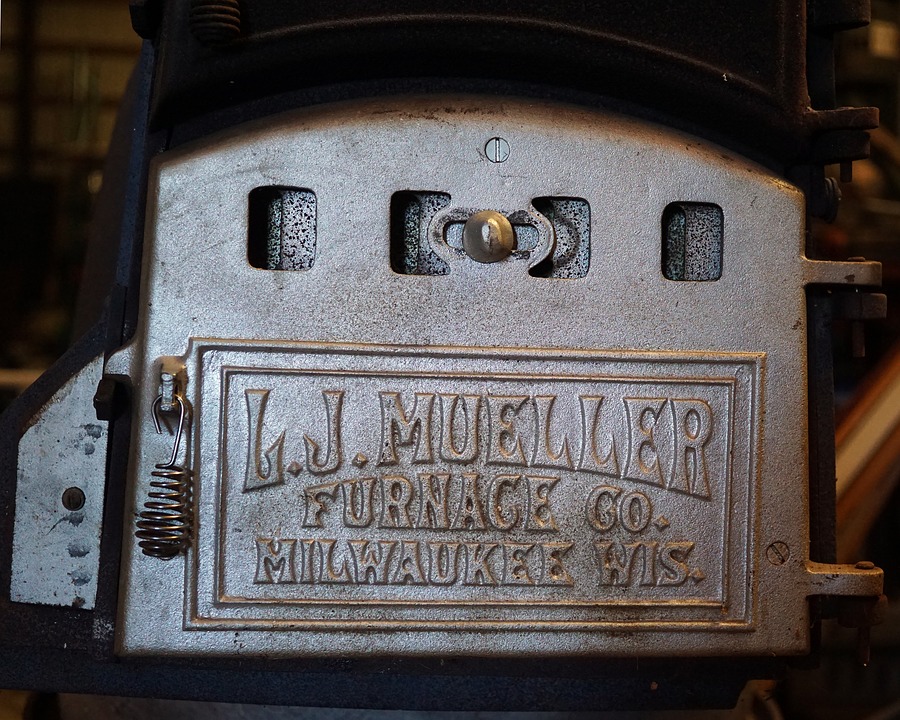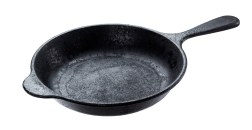A Guide to Selecting a Furnace for Your Home

To keep your house warm in the winter months, it is essential that you invest in a robust heating solution. Your choices include heat pumps, active solar heating, and boilers. The problem with solutions like solar heating is that it hardly works in all states, given the differences in the weather. Boilers, too, can be complex and costly to install. One of the most practical and cost-effective heating solutions is to use a furnace.
A furnace can be obtained for a few hundred dollars, making this a low-cost option for central heating. More robust models will cost well into the thousands, but they offer even greater heating capability for very big properties.
Different Furnace Models and How They Work
Furnaces come in different versions based on the technology and fuel they use.
Gas furnaces burn natural gas in a combustion process that produces high quantities of heat. The typical gas furnace is connected to a temperature control thermostat that monitors temperature inside the house. When the temperature falls below a threshold, a signal is sent to combust natural gas. A metal heat exchanger then moves heat into a blower that blows the hot air through pipes that carry it around the house.
Besides gas furnaces, there are also oil furnaces as well as electrical furnaces that use warm air to heat the house.
You can also get a wall or pipeless furnace that works on electrical energy to generate heat from panels inside the wall. This system generates heat that is passed on to the rooms immediately on either side of it.
Options for Forced Air Outside Wood Furnaces
Outdoor furnaces are an ideal solution for heating multiple homes or buildings with just one installation. Your options include water heaters as well as forced air furnaces.
Forced air furnaces burn wood to generate heat which is then transmitted into the heating system by a blower. The warm air circulates around the house, heating up the interior. Cold air is returned to the combustion chamber for reheating.
A water-based system, on the other hand, heats water in a centrally located furnace. These furnaces burn wood or wood pellets and generate great amounts of heat. This heat is then carried by underground pipes that are connected to your heating system. They drive the warm water through pipes around the entire building, leaving the inside of the building warmer. The cold water then circulates back to the furnace to be warmed up again.
There are many options for outside wood furnaces, such as Wadena, FireChief, and others.
The Concord Gas Furnace
Concord gas furnaces are furnaces provided by Concord, a heating systems manufacturer based in South Carolina. Concord has a wide range of furnaces to suit heating needs for a variety of house sizes and budgets.
When it comes to gas furnaces, Concord offers options of varying AFUE (Annual Fuel Utilization Efficiency). AFUE is used in the industry to measure the heating efficiency of different systems. Higher AFUE systems are better at turning fuel into heat and will save more on heating costs each year.
Concord gas furnaces like the 95G2V and the 95G2E operate at a high 95% AFUE. These are some of the most efficient systems for heating your house.
If you prefer a lower efficiency system, you can look at Concord’s 80% AFUE gas furnaces like the 80G1 and the 80G2V.
All About Amana Gas Furnaces
Amana is another major gas furnace manufacturer, with products capable of achieving AFUE as high as 98%.
Some of Amana’s highest-performance gas furnaces are the AMVM97, ACVM97 and ACEC96. These systems are 97% AFUE or 96% AFUE systems, representing an extremely high energy efficiency. They offer a great option for large homes that require large amounts of heating and fuel during the winter months.
Amana also has lower AFUE systems at the 80% level, which may be cheaper for smaller homes or homes not in the coldest locations.
Cost of a New Oil Furnace Vs. Gas Furnace
While oil offers another option for heating your home, you need to look at how it compares to gas furnaces.
New oil furnaces are generally more expensive than new gas furnaces. Where you might be able to get a new gas furnace for $1500, a comparable oil furnace could be priced at $4500.
Gas furnaces also offer significant savings on the cost of heating your home over the course of the year.
Oil as a fuel source is typically more expensive than natural gas. This is reflected in average oil heating costs of around $1000-$2000 for the winter season versus $700-$1000 when using natural gas.





